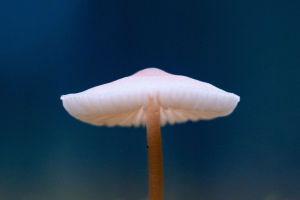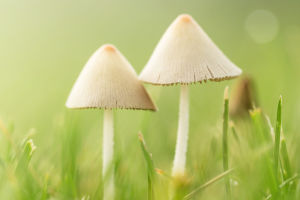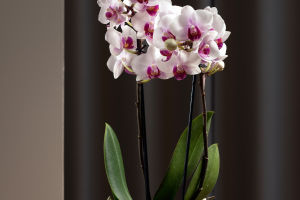The Ann Magnolia is a stunning ornamental tree that captures the heart of garden enthusiasts with its vibrant, tulip-shaped blooms. This variety of Magnolia is known for its deep purple-pink flowers, which burst into life in early spring, filling gardens with their graceful presence.
Unlike other magnolias, the Ann Magnolia stands out for its compact size, making it a perfect choice for small gardens or even as a focal point in larger landscapes.
Origins of Ann Magnolia
The Ann Magnolia belongs to the "Little Girl" series of hybrid magnolias, developed in the 1950s by the U.S. National Arboretum. This series was bred to combine the hardiness and later bloom times of Asian magnolia species, thus avoiding the frost damage that can affect earlier bloomers. The Ann variety, in particular, is cherished for its vibrant color and ability to thrive in various climates, from mild to moderately cold regions.
Growing and Caring for Ann Magnolia
Ideal Growing Conditions
The Ann Magnolia thrives in well-drained, slightly acidic soil, making it versatile for many garden settings. It prefers full sun to partial shade, although in hotter climates, it may benefit from some afternoon shade to protect its delicate flowers from intense heat. This tree is relatively low-maintenance, as long as its basic needs are met. It typically grows to about 10-15 feet in height and width, making it manageable for most gardeners.
Watering and Fertilization
When young, the Ann Magnolia requires regular watering, especially during dry periods. Mature trees are more drought-tolerant but should still receive consistent moisture during hot spells to ensure optimal growth and flowering. Applying a layer of mulch around the base helps retain moisture and keeps the roots cool. Fertilizing in early spring with a balanced, slow-release fertilizer will promote healthy growth and an abundant flower display.
Pruning and Shaping
Pruning Tips
One of the key advantages of the Ann Magnolia is that it requires minimal pruning. However, light shaping can be done after the flowering season to maintain a desired form or remove any dead or crossing branches. Always use clean, sharp pruning shears to make cuts at a slight angle, which encourages proper healing and reduces the risk of disease. Remember not to over-prune, as this could reduce the number of flowers for the following year.
Managing Pests and Diseases
Although the Ann Magnolia is relatively hardy, it can be susceptible to common pests such as aphids, scale, and powdery mildew. Regular inspections, especially during the growing season, will help you catch these issues early. Use organic treatments like neem oil or insecticidal soap to manage infestations. Proper air circulation and keeping the plant's base free of debris will also reduce the risk of fungal diseases.
The Blooming Season
A Springtime Spectacle
One of the most captivating features of the Ann Magnolia is its blooming season. Typically flowering in late March to early April, the tree bursts with large, deep purple-pink blossoms. These flowers last for several weeks, providing a stunning show of color. Unlike many other magnolia varieties, the Ann Magnolia sometimes produces a secondary, less abundant bloom in the late summer or early fall, offering an additional surprise for gardeners.
Extended Blooms with Proper Care
To extend the bloom period, ensure the tree is planted in an area where it is protected from strong winds, which can cause the delicate petals to drop prematurely. Regular watering during dry spells, especially while the tree is in bloom, can help keep the flowers looking fresh for longer.
The Ann Magnolia is a magnificent tree that combines elegance, hardiness, and manageable care requirements, making it a popular choice for gardeners of all skill levels. Its vibrant, tulip-shaped blooms signal the arrival of spring and create a striking visual impact in any garden. So Lykkers, With proper care, this stunning tree will flourish, bringing a touch of spring magic to your outdoor space.


